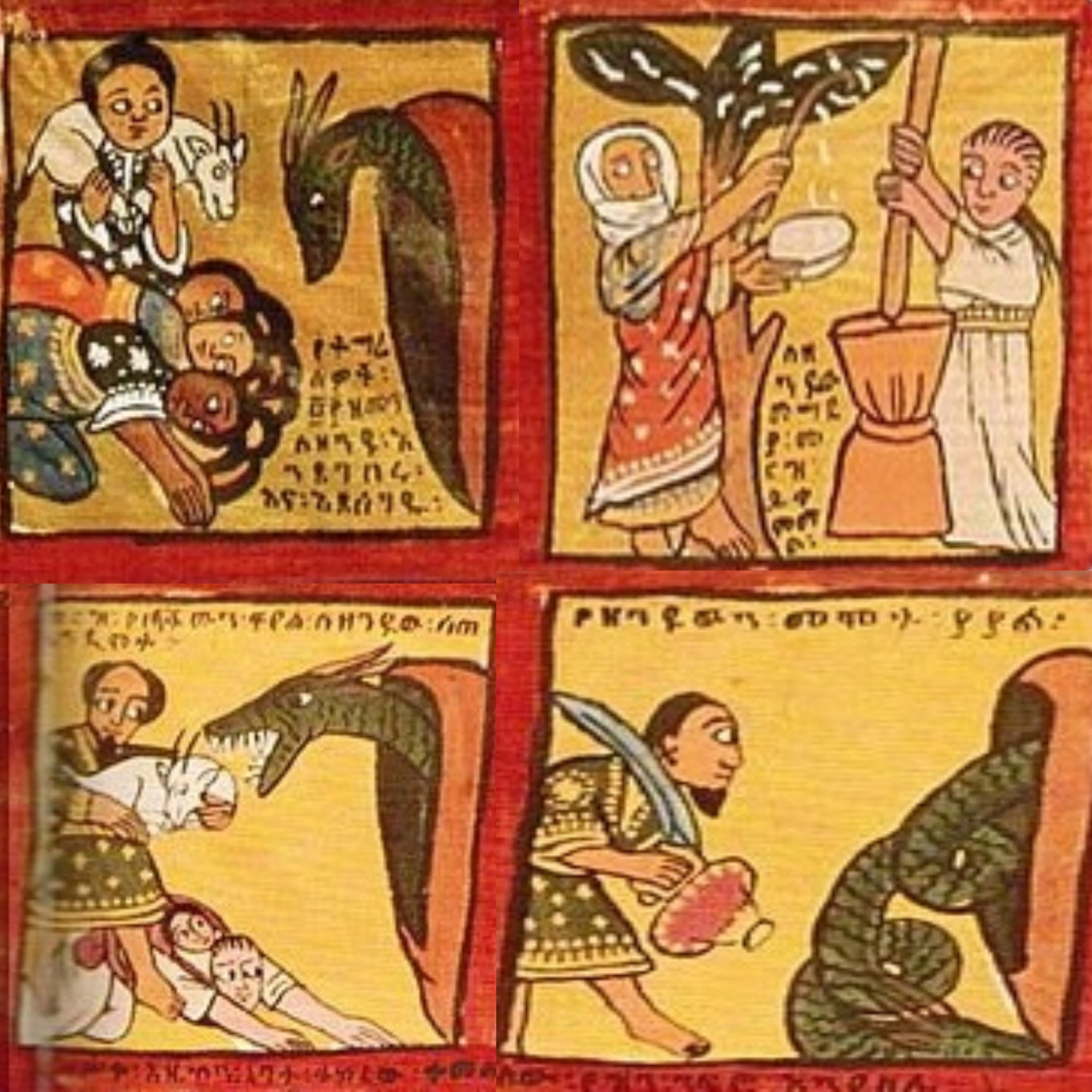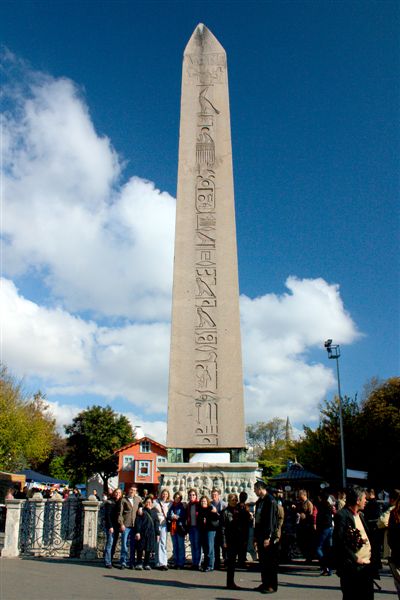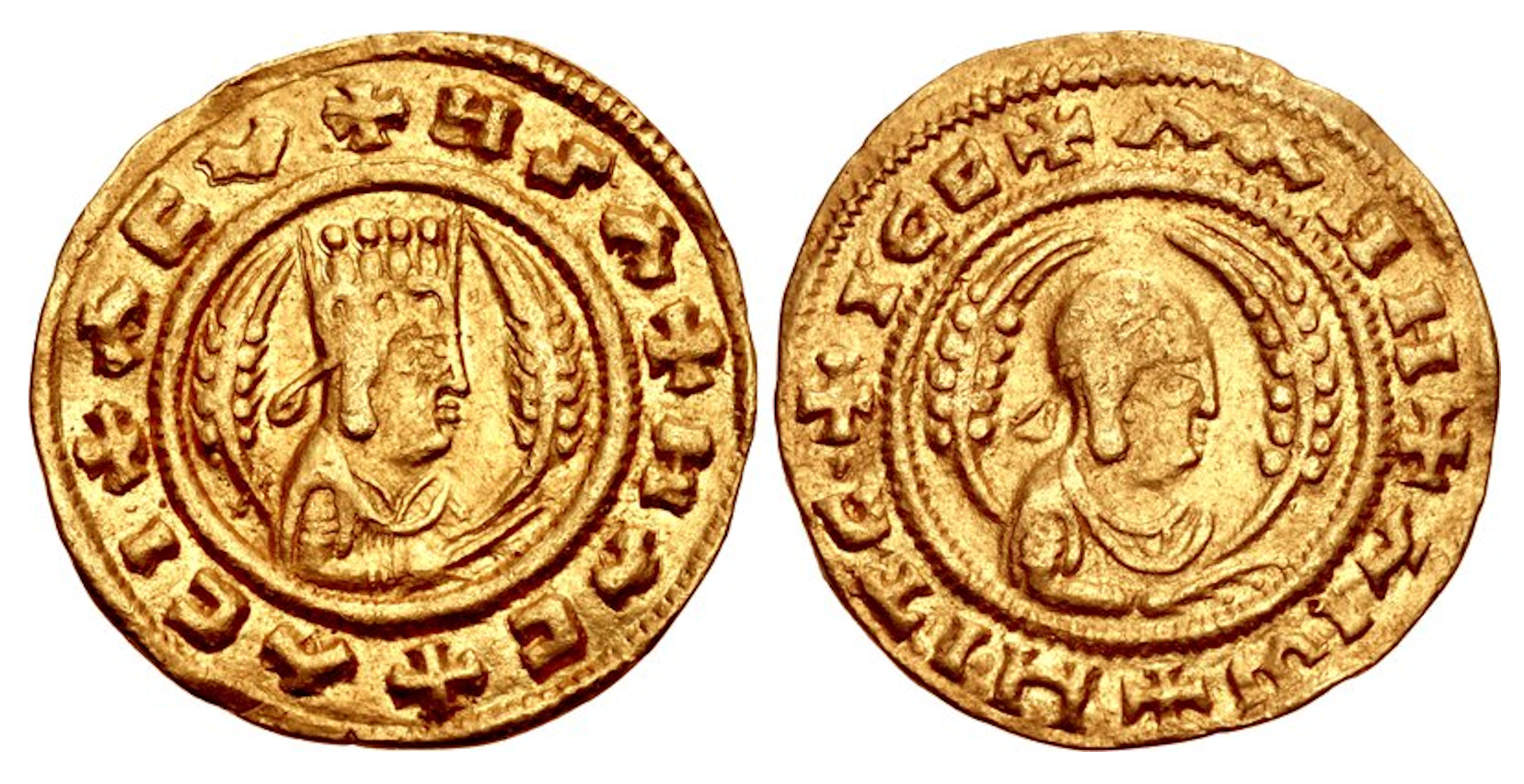|
Ezana Of Axum
Ezana (, ''‘Ezana'', unvocalized ዐዘነ ''‘zn''), (, ''Aezana'') was the ruler of the Kingdom of Aksum (320s – ). One of the best-documented rulers of Aksum, Ezana is important as he first adopted for his country the religion of Christianity and the name of Ethiopia. Tradition states that Ezana succeeded his father Ella Amida ( Ousanas) as king while still a child but his mother, Sofya then served as regent until he came of age. Reign Ezana was the first monarch of the Kingdom of Aksum to embrace Christianity, after his slave-teacher, Frumentius, converted him. He was the first monarch after Zoskales to be mentioned by contemporary historians, a situation that lead Stuart Munro-Hay to comment that he was "the most famous of the Aksumite kings before Kaleb." In early life he considered himself a son of Ares, but later inscriptions show a growing attachment to Christianity. His childhood tutor, the Syrian Christian Frumentius, became head of the Ethiopian Church ... [...More Info...] [...Related Items...] OR: [Wikipedia] [Google] [Baidu] |
List Of Kings Of Axum
The kings of Axum ruled an important trading state in the area which is now northern Ethiopia and Eritrea, from 400 BC to 960 AD. Sources Various regnal lists of Axumite monarchs have survived to the present day via manuscripts or oral tradition. However, the lists often contradict each other and many lists contain incomplete or scattered information. The lists were likely compiled over a long period at several different monasteries. Some historians consider these lists to be untrustworthy. There are a number of legendary figures at the beginning of some lists whose historicity is difficult to confirm or trace. Axumite kings may have used multiple names similar to the later Emperors of the Ethiopian Empire (1270–1974), resulting in different names for the same ruler on different lists. Aksumite coins have proven useful for constructing a chronology of Axumite kings. Around 98 percent of the city of Axum has not yet been excavated. At least 18 kings have been identified with ... [...More Info...] [...Related Items...] OR: [Wikipedia] [Google] [Baidu] |
Ethiopian Church
The Ethiopian Orthodox Tewahedo Church () is the largest of the Oriental Orthodox Churches. One of the few Christian churches in Africa originating before European colonization of the continent, the Ethiopian Orthodox Tewahedo Church dates back to the Christianization of the Kingdom of Aksum in 330, and has between 36 million and 51 million adherents in Ethiopia. It is a founding member of the World Council of Churches. The Ethiopian Orthodox Tewahedo Church is in communion with the other Oriental Orthodox churches (the Eritrean Orthodox Tewahedo Church, the Coptic Orthodox Church of Alexandria, the Malankara Orthodox Syrian Church, the Armenian Apostolic Church, and the Syriac Orthodox Church). The Ethiopian Orthodox Tewahedo Church had been administratively part of the Coptic Orthodox Church of Alexandria from the first half of the 4th century until 1959, when it was granted autocephaly with its own patriarch by Pope Cyril VI of Alexandria, Pope of the Coptic Orthodox Churc ... [...More Info...] [...Related Items...] OR: [Wikipedia] [Google] [Baidu] |
Obelisk
An obelisk (; , diminutive of (') ' spit, nail, pointed pillar') is a tall, slender, tapered monument with four sides and a pyramidal or pyramidion top. Originally constructed by Ancient Egyptians and called ''tekhenu'', the Greeks used the Greek term to describe them, and this word passed into Latin and ultimately English. Though William Thomas used the term correctly in his ''Historie of Italie'' of 1549, by the late sixteenth century (after reduced contact with Italy following the excommunication of Queen Elizabeth), Shakespeare failed to distinguish between pyramids and obelisks in his plays and sonnets. Ancient obelisks are monolithic and consist of a single stone; most modern obelisks are made of several stones. Ancient obelisks Egyptian Obelisks were prominent in the architecture of the ancient Egyptians, and played a vital role in their religion placing them in pairs at the entrance of the temples. The word "obelisk" as used in English today is of Greek rathe ... [...More Info...] [...Related Items...] OR: [Wikipedia] [Google] [Baidu] |
King Ezana's Stela
King Ezana's Stele is a 4th century obelisk in the ancient city of Axum, in the Tigray Region of Ethiopia. The monument stands in the middle of the Northern Stelae Park, which contains hundreds of smaller and less decorated stelae. This stele is probably the last one erected and the largest of those that remain unbroken. King Ezana of Axum's Stele stands tall, smaller than the collapsed Great Stele and the better-known "Obelisk of Axum" (reassembled and unveiled on 4 September 2008). It is decorated with a false door at its base and apertures resembling windows on all sides. History This monument, properly termed a stele (' or ' in the local Afroasiatic languages) was carved and erected in the 4th century by subjects of the Kingdom of Aksum, an ancient civilization focussed in the Ethiopian and Eritrean highlands. The stelae are thought to be "markers" for underground burial chambers. The largest grave markers were for royal burial chambers and were decorated with multi-story ... [...More Info...] [...Related Items...] OR: [Wikipedia] [Google] [Baidu] |
Greek Language
Greek (, ; , ) is an Indo-European languages, Indo-European language, constituting an independent Hellenic languages, Hellenic branch within the Indo-European language family. It is native to Greece, Cyprus, Italy (in Calabria and Salento), southern Albania, and other regions of the Balkans, Caucasus, the Black Sea coast, Asia Minor, and the Eastern Mediterranean. It has the list of languages by first written accounts, longest documented history of any Indo-European language, spanning at least 3,400 years of written records. Its writing system is the Greek alphabet, which has been used for approximately 2,800 years; previously, Greek was recorded in writing systems such as Linear B and the Cypriot syllabary. The Greek language holds a very important place in the history of the Western world. Beginning with the epics of Homer, ancient Greek literature includes many works of lasting importance in the European canon. Greek is also the language in which many of the foundational texts ... [...More Info...] [...Related Items...] OR: [Wikipedia] [Google] [Baidu] |
Aksumite Currency
Aksumite currency was coinage produced and used within the Kingdom of Aksum (or Axum) centered in present-day Ethiopia and Eritrea. Its mintages were issued and circulated from the reign of King Endubis around AD 270 until it began its decline in the first half of the 7th century where they started using Dinar along with most parts of the Middle East. During the succeeding medieval period, Mogadishu currency, minted by the Sultanate of Mogadishu, was the most widely circulated currency in the eastern and southern parts of the Horn of Africa from the start of the 12th century. Aksum's currency serves as an indicator of the kingdom's contemporary cultural influences and religious climate (first polytheistic and later Oriental Christianity). It also facilitated the Red Sea trade on which it thrived.Stuart Munro-Hay, ''Aksum: An African Civilization of Late Antiquity'' (Edinburgh: University Press, 1991), p. 155. The coinage has also proved invaluable in providing a reliable ch ... [...More Info...] [...Related Items...] OR: [Wikipedia] [Google] [Baidu] |
Meroë
Meroë (; also spelled ''Meroe''; Meroitic: ; and ; ) was an ancient city on the east bank of the Nile about 6 km north-east of the Kabushiya station near Shendi, Sudan, approximately 200 km north-east of Khartoum. Near the site is a group of villages called Bagrawiyah (). This city was the capital of the Kingdom of Kush for several centuries from around 590 BC, until its collapse in the 4th century AD. The Kushitic Kingdom of Meroë gave its name to the "Island of Meroë", which was the modern region of Butana, a region bounded by the Nile (from the Atbarah River to Khartoum), the Atbarah and the Blue Nile. The city of Meroë was on the edge of Butana. There were two other Meroitic cities in Butana: Musawwarat es-Sufra and Naqa. The first of these sites was given the name Meroë by the Persian king Cambyses, in honor of his sister who was called by that name. The city had originally borne the ancient appellation ''Saba'', named after the country's original foun ... [...More Info...] [...Related Items...] OR: [Wikipedia] [Google] [Baidu] |
Stele
A stele ( ) or stela ( )The plural in English is sometimes stelai ( ) based on direct transliteration of the Greek, sometimes stelae or stelæ ( ) based on the inflection of Greek nouns in Latin, and sometimes anglicized to steles ( ) or stelas ( ). is a stone or wooden slab, generally taller than it is wide, erected in the ancient world as a monument. The surface of the stele often has text, ornamentation, or both. These may be inscribed, carved in relief, or painted. Stelae were created for many reasons. Grave stelae were used for funerary or commemorative purposes. Stelae as slabs of stone would also be used as ancient Greek and Roman government notices or as boundary markers to mark borders or property lines. Stelae were occasionally erected as memorials to battles. For example, along with other memorials, there are more than half-a-dozen steles erected on the battlefield of Waterloo at the locations of notable actions by participants in battle. A traditional Wester ... [...More Info...] [...Related Items...] OR: [Wikipedia] [Google] [Baidu] |
Theophilos The Indian
Theophilos the Indian, also known as Theophilus Indus () (died 364), also called "the Ethiopian", was an Aetian or Heteroousian bishop who fell alternately in and out of favor with the court of the Roman emperor Constantius II. He is mentioned in the encyclopedia ''Suda''. He came from an island in the Indian Ocean, which has been identified as Socotra, the island Divus which could be the Maldive Islands, or an island at the mouth of the Indus. Theophilos came to the court of Constantine I as a young man and was ordained a deacon under the Arian bishop Eusebius of Nicomedia. He was later exiled because Constantius believed him to be a supporter of Constantius' rebellious cousin Gallus. Famed for his ability as a healer, Theophilus was later recalled to court to heal Constantius' wife, the empress Eusebia, which he is reputed to have done successfully. Philostorgius. "Chapter 7." ''Ecclesiastical history/Epitome of book IV''. He was exiled again for his support of the disfavored ... [...More Info...] [...Related Items...] OR: [Wikipedia] [Google] [Baidu] |
Alexandria
Alexandria ( ; ) is the List of cities and towns in Egypt#Largest cities, second largest city in Egypt and the List of coastal settlements of the Mediterranean Sea, largest city on the Mediterranean coast. It lies at the western edge of the Nile Delta, Nile River delta. Founded in 331 BC by Alexander the Great, Alexandria grew rapidly and became a major centre of Hellenic civilisation, eventually replacing Memphis, Egypt, Memphis, in present-day Greater Cairo, as Egypt's capital. Called the "Bride of the Mediterranean" and "Pearl of the Mediterranean Coast" internationally, Alexandria is a popular tourist destination and an important industrial centre due to its natural gas and petroleum, oil pipeline transport, pipelines from Suez. The city extends about along the northern coast of Egypt and is the largest city on the Mediterranean, the List of cities and towns in Egypt#Largest cities, second-largest in Egypt (after Cairo), the List of largest cities in the Arab world, fourth- ... [...More Info...] [...Related Items...] OR: [Wikipedia] [Google] [Baidu] |
Saizana
Saizana (unvocalized Ge'ez: ሠዐዘነ ''śʿzn'') was the brother of King Ezana of Axum, who changed the official religion of the Axumite Kingdom to Christianity. That kingdom abutted the Red Sea. According to the historian Tyrannius Rufinus, he was converted to Christianity with his brother Ezana by the missionary Frumentius. With his brother, he resisted the attempts of the Christian Roman emperor Constantius II to relieve Frumentius of his post as bishop and replace him with an Arian (which was a different sect of Christianity). Saizana was sent by King Ezana with his other brother Hadefa (alternatively spelled Adiphan, Adefa) to quell an uprising by the Beja. The two brothers were victorious, and six Beja tribes (4400 people) were relocated to a province called Matlia, which is believed to have been situated similarly to the modern province of Begemder in Ethiopia.Stuart Munro-Hay. ''Aksum: An African Civilization of Late Antiquity''. Edinburgh: University Press. 1991 ... [...More Info...] [...Related Items...] OR: [Wikipedia] [Google] [Baidu] |






